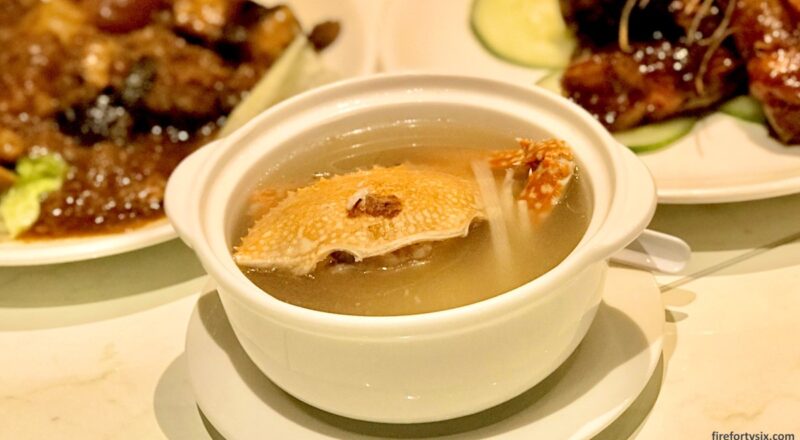After a decent but uninspiring lunch at a “modern Peranakan” restaurant, we wanted to reset our taste buds with a traditional nyonya meal. And there’s no better choice than Guan Hoe Soon, established in 1953, and possibly the oldest surviving Peranakan restaurant in Singapore.
Their OG outlet is in Joo Chiat, but we weren’t in the mood to make a Journey to the East and hence settled on Straits Chinese Signatures, their outpost at the more centrally-located Esplanade.
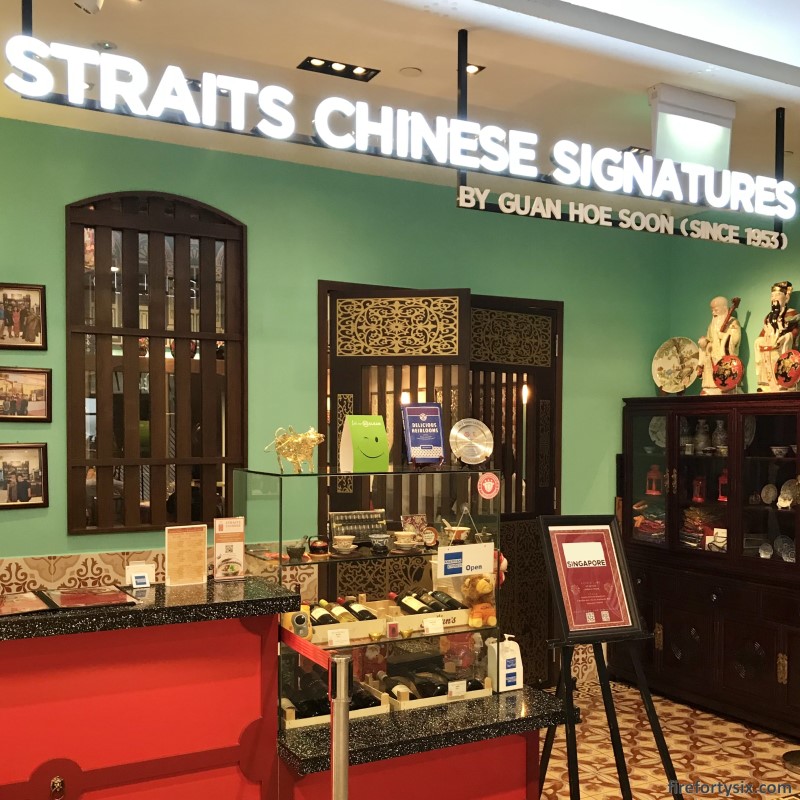
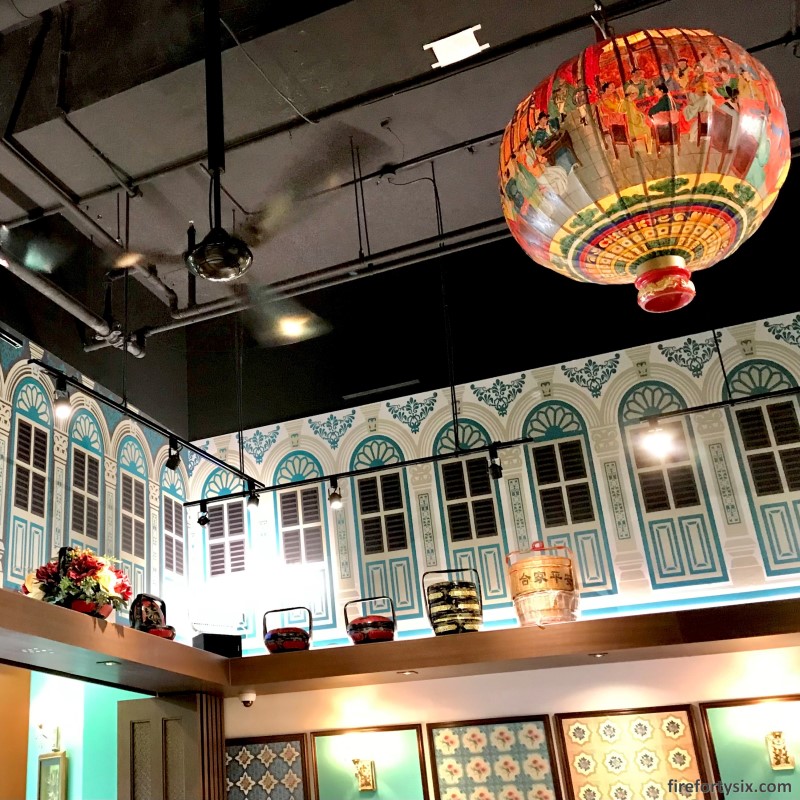
When you get to the second floor of the Esplanade Mall, you can’t miss the eye-catching exterior. The Peranakan motifs in bright, cheerful colours and old-school furniture are unmistakable and extend into their main dining hall.
They’ve given the interior décor a modern twist though. Making it feel less like a turn-of-the-century restaurant, and more like a dining venue in an major arts centre. But the atmosphere remains distinctly Peranakan, with traditional accessories and signature geometric tiles featured prominently.
After we were seated, a small basket of Keropok was served while we looked through the menu. They’re quite a nice snack on their own, but taste better when dipped in calamansi-enhanced Sambal Belachan.
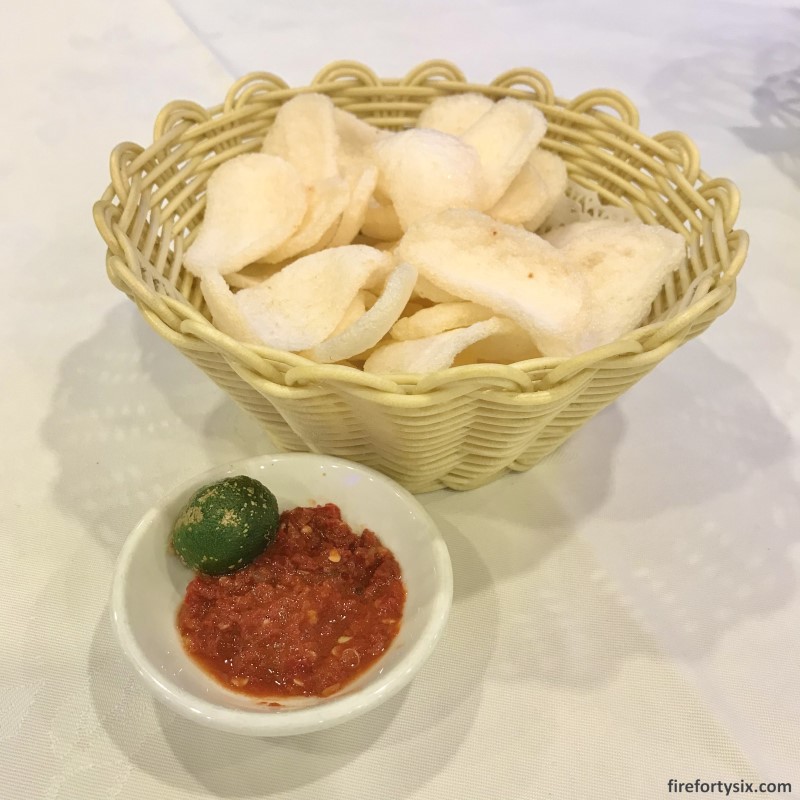
Their sambal has a nice kick, but it’s not overwhelming spicy. I personally would have preferred it to be more potent, but that might alienate customers that can’t tolerate excessive heat. I compensated by requesting for refills, which they gladly provide at no extra charge.
The menu at Straits Chinese Signatures features all the classic Peranakan dishes, plus other generic items to, presumably, offer variety to tourists that dine there. But we didn’t get distracted, and ordered exclusively from the “correct” section of the menu.
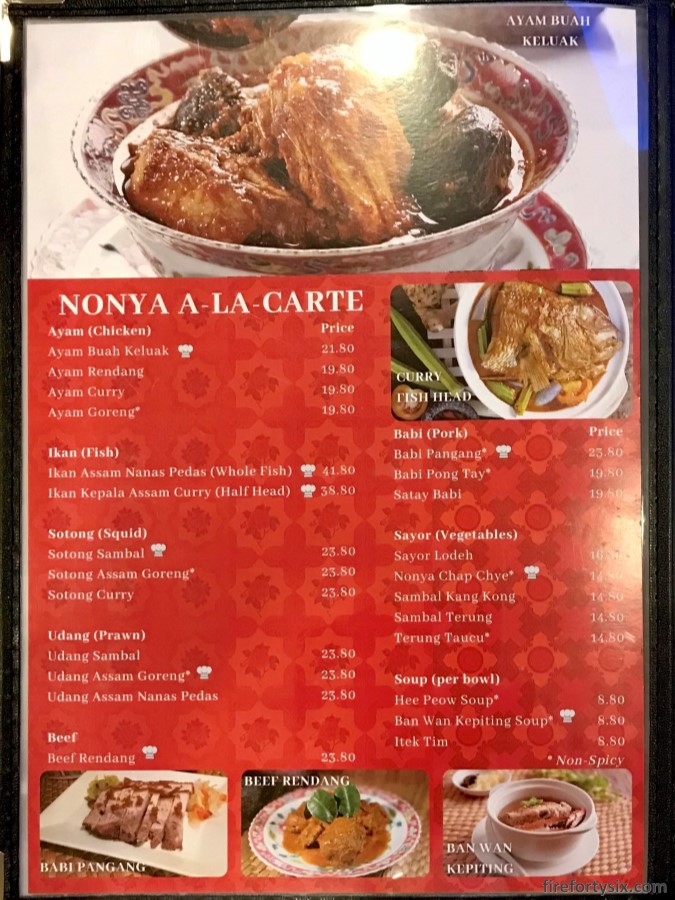
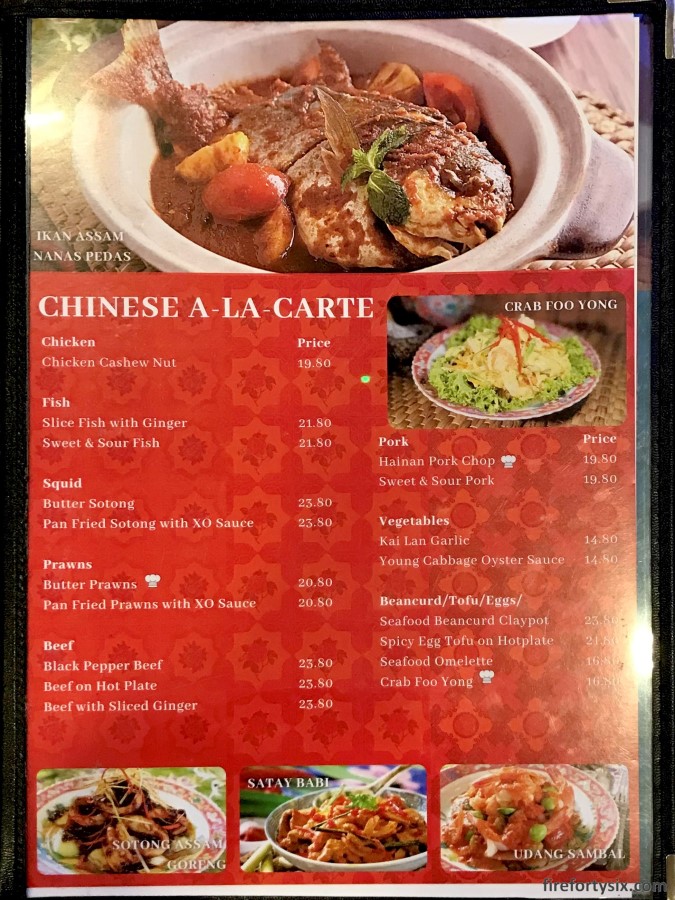

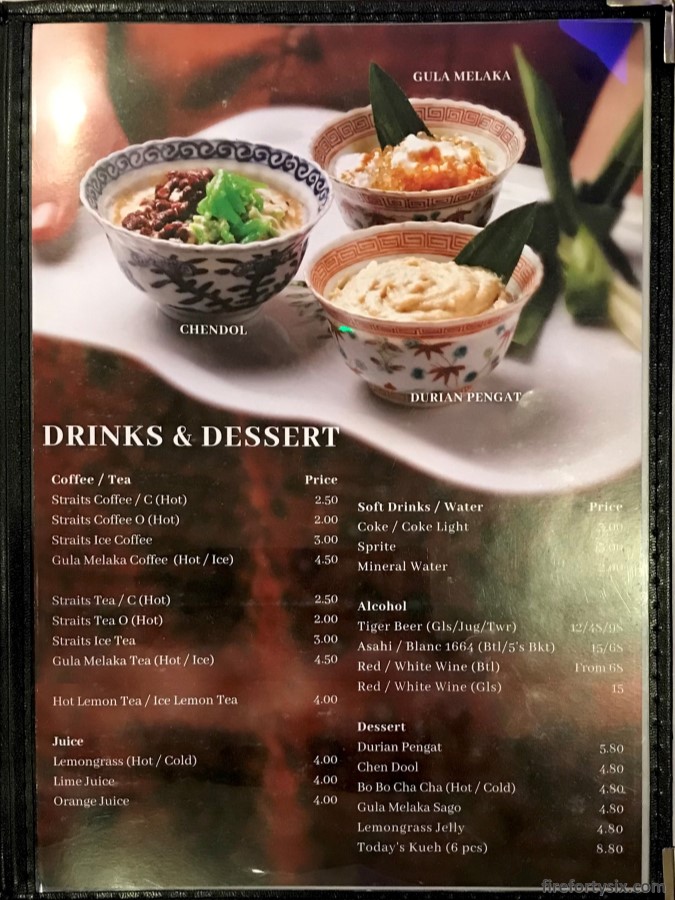
We started with an order of the Egg Skin Popiah, because The Wife loves a good popiah, filled with juicy braised mangkuang. The shredded turnip was squeezed just enough to allow them to be wrapped with the thin egg crepes without compromising structural integrity.
Popiah skin is typically made with flour, but I prefer skins made from egg as they’re softer and more flavourful. I have a similar preference when it comes to Peking duck, and don’t particularly enjoy the taste of flour-based wrappers.
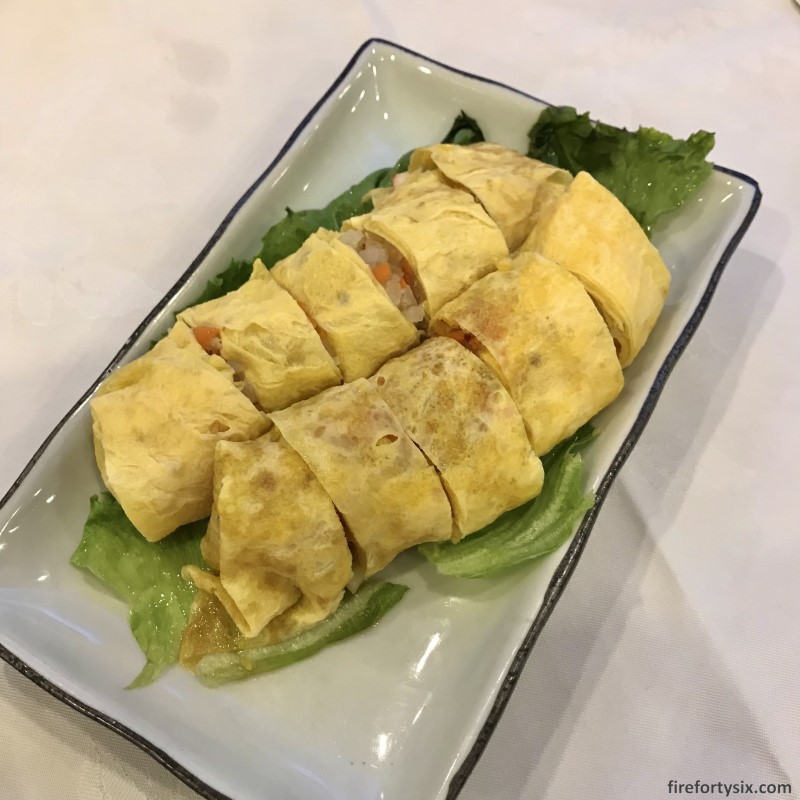
The Bakwan Kepiting was served individually in cute little bowls, and came with a whole mini flower crab each. Instead of typical crab meatballs, the filling is stuffed back into the shell of the crab.
Warm soup is always nice at the beginning of a meal, and this definitely hit the spot for us. The portion felt quite generous, although it could have been due to the petite bowl and delicate presentation.
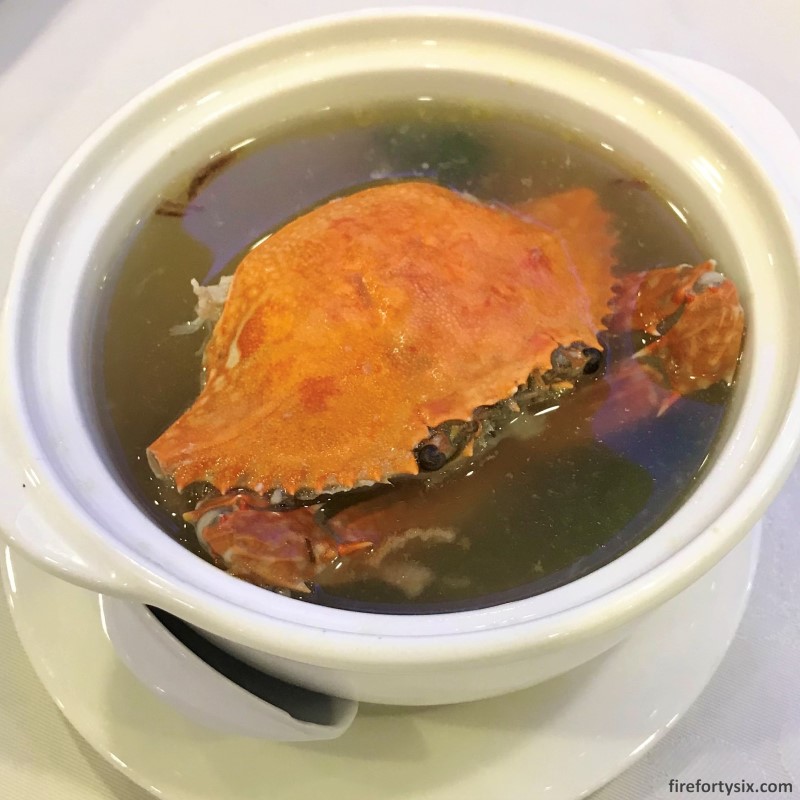
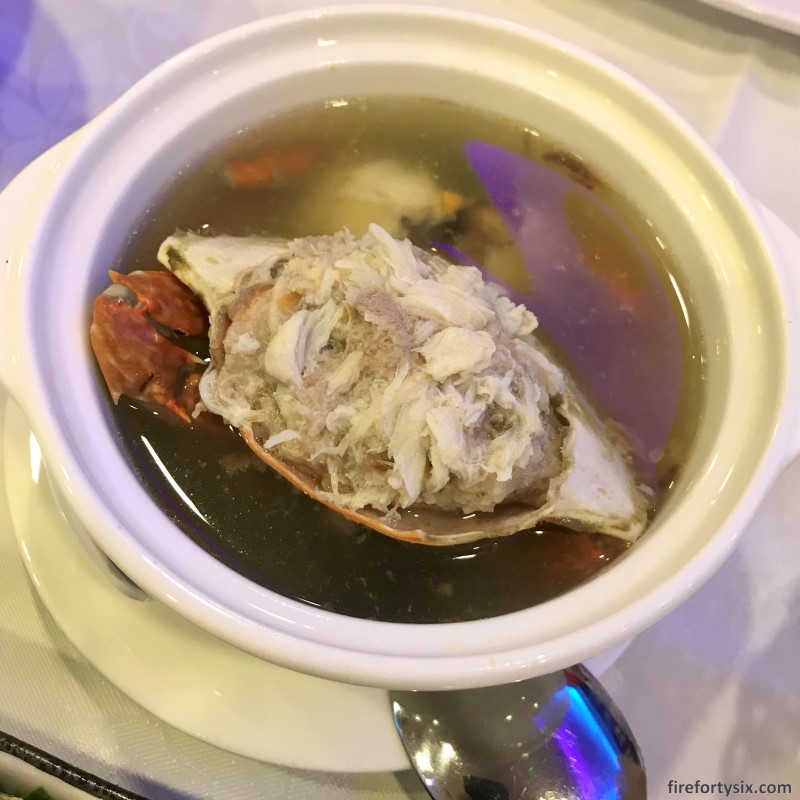
When you think of quintessential nyonya dishes, Ayam Buah Keluak will definitely rank among the top. Buah keluak (candlenut) is an acquired taste, and a huge amount of time and effort is required before it can even be used for cooking.
It’s black with a weird texture and looks totally unappetising. The taste is bitter, earthy and definitely an acquired taste that only true fans of Peranakan food will love.
If you’re new to the cuisine, you probably shouldn’t start with this dish. But if you’re not, then you’ll probably love the version at Straits Chinese. We scooped out every last morsel of buah keluak stuffing and mopped up every last drop of the thick gravy with our rice.
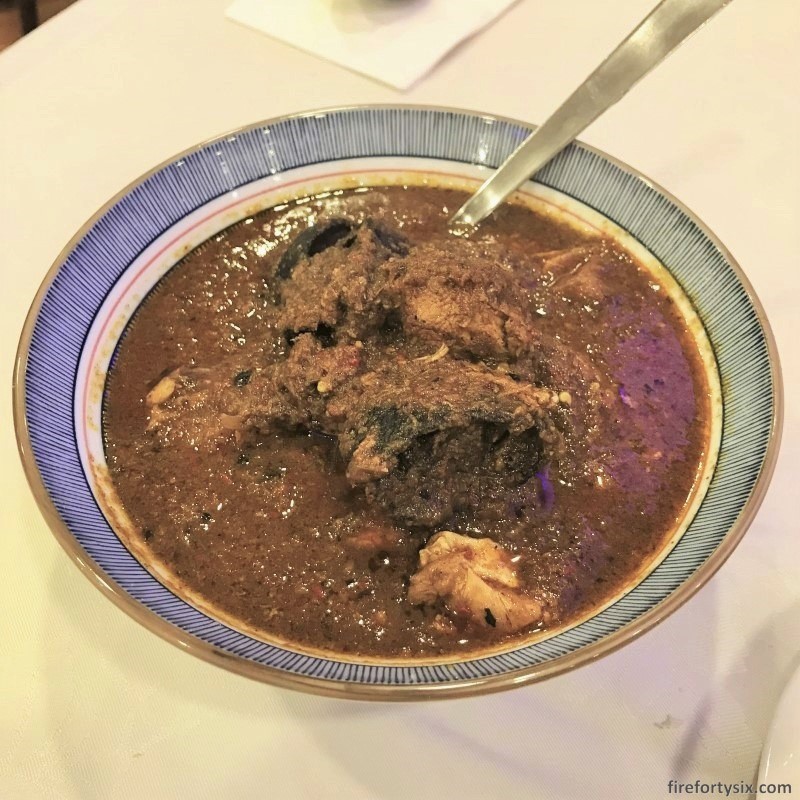
In comparison, while the Sotong Sambal was quite nice, it wasn’t quite as memorable. The spicy and sour sauce helped cut the richness of the ayam buah keluak, but I had to add extra sambal to bring it to my preferred level of spiciness.

We were quite full by the time we finished all the dishes, but I still wanted to try out their chendul. The thick coconut milk, sweet gula melaka, slippery pandan strands and soft red beans provided a nice ending to a satisfying meal.
But every time I have Chendul (or chendol), I can’t help but compare it with the one from the roadside stall at Penang Road in Georgetown, Penang. If you’ve ever been to Penang, you’ll definitely know the one I’m referring to. This scored 8/10 when compared to that ultimate dessert.
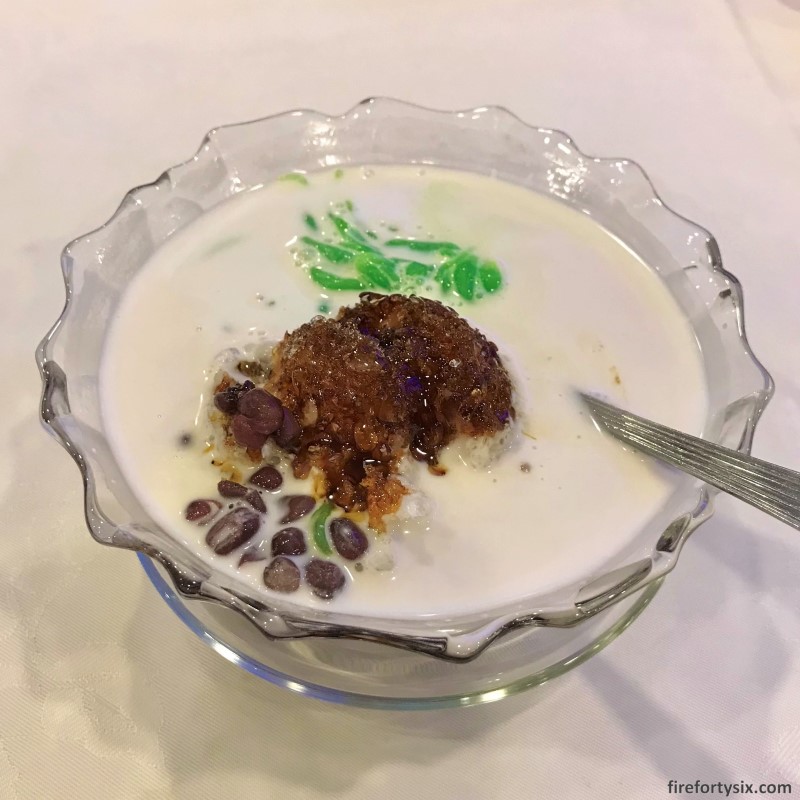
Our first visit to Straits Chinese Signatures impressed us enough to warrant a return visit a few months later. There were so many other Peranakan dishes that we wanted to try, including the Babi Pong Tay (or pongteh).
It’s definitely one of the more unhealthy choices, given that fatty pork belly is the main ingredient. The sauce is equal parts sweet and salty, with a strong umami kick from taucheo, or fermented soy beans.
Surprisingly, the taucheo here was quite mild, making it taste lighter than your typical babi pong tay. Don’t get me wrong, the flavour is still hearty and robust, but just tuned down a notch. If you find the usual versions too heavy and cloying, this might suit your palate as much as it suited ours.
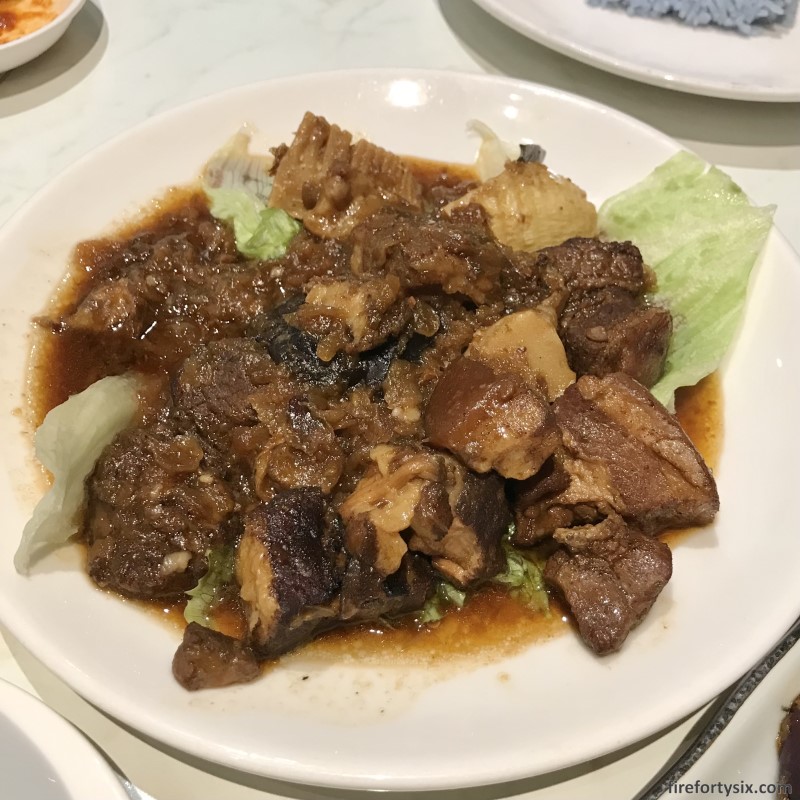
We had steamed white rice on our first visit, an essential accompaniment to soak up all the lovely gravy. But when we tried to order it again, we were told that only Blue Pea Rice was available. While the colour was striking, and we didn’t mind having it instead, the taste wasn’t particularly special.
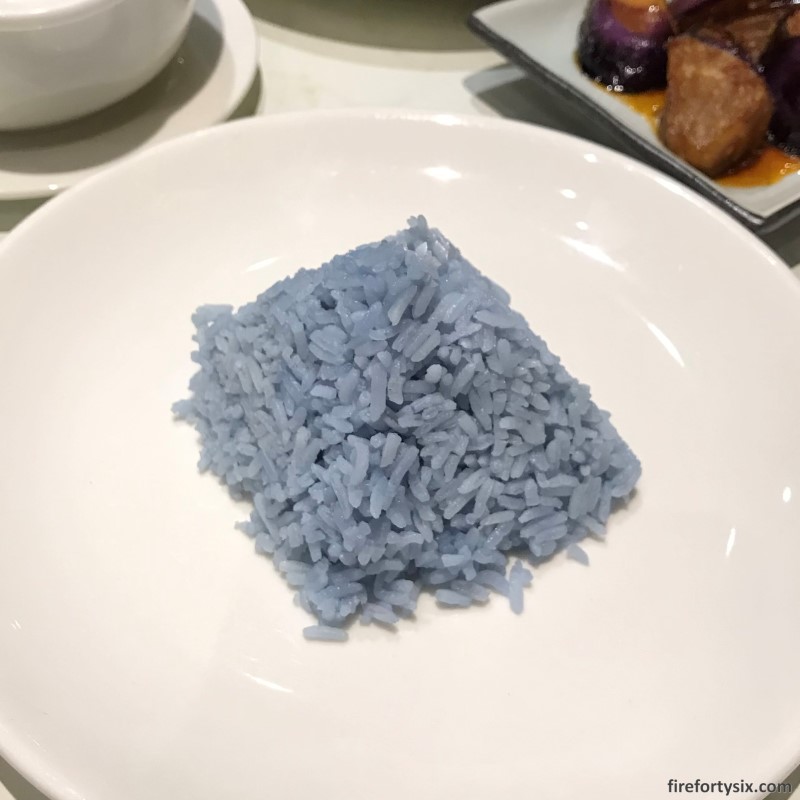
To balance out the fatty pork, we ordered the Sambal Terung. I was expecting something similar to what you’d find in nasi padang stalls, with the eggplant doused liberally with bright red sambal.
Instead the sambal here was of the hae bee hiam (dried shrimp chilli) variety, which we didn’t quite like. There was also a not so pleasant aftertaste of the oil that the eggplant deep-fried in, imparting a heavy, dull flavour to the dish. We won’t be ordering this again next time.
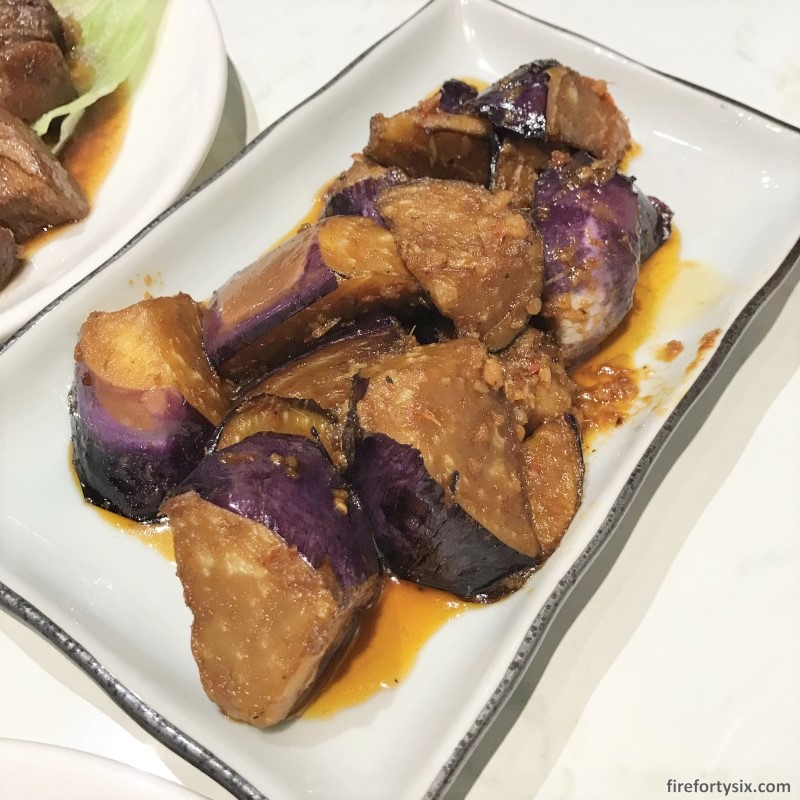
Luckily, the disappointment from the oily eggplant was more than compensated by the vibrant, bright and tangy flavours from the Udang asam goreng. The large prawns were deep-fried sufficiently to allow the entire thing to be eaten, while still maintaining juiciness in the meat.
Sticky red sauce was drizzled sparingly on each piece. At first glance, it seems like the sauce wouldn’t be enough, but its intensity more than made up for the small amount. The flavours must have been condensed after hours of cooking, leaving a lovely thick paste with an underlying note of tamarind.
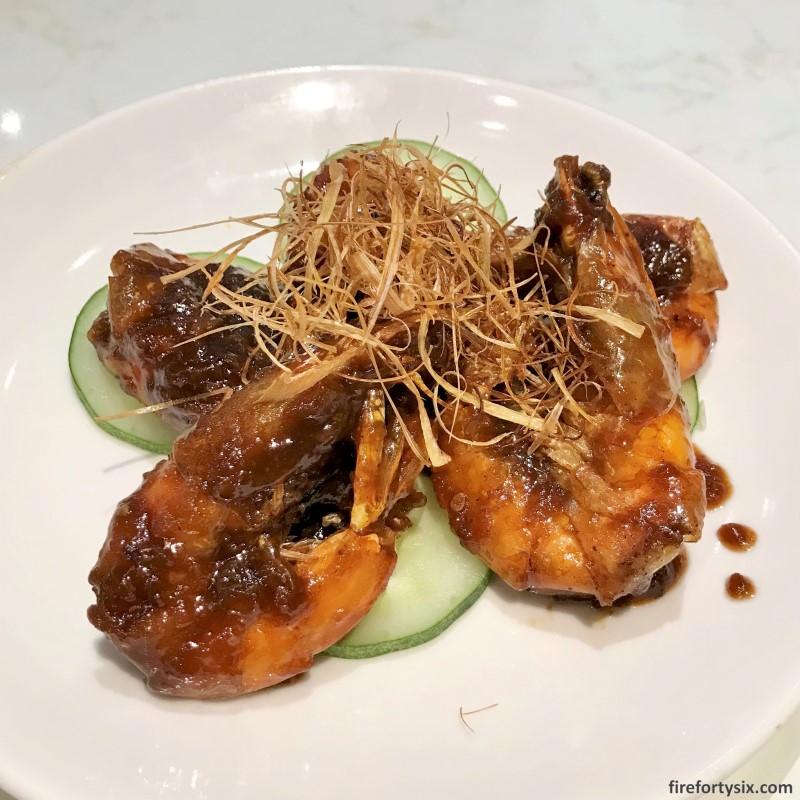
And if that wasn’t enough, the dish was topped with thin juliennes of deep-fried lemongrass. When you eat this, make sure that each bite includes the lemongrass, because it adds such a wonderfully gingery and citrusy dimension.
Of all the dishes we had at Straits Chinese Signatures across two separate visits, this Udang Asam Goreng was easily our favourite, followed by the Bakwan Kepiting, Ayam Buah Keluak and Babi Pongteh.
Will we be back for a third visit? I’d say it’s a definite “Yes”, given the many other items on the menu that we want to order. But it probably won’t be anytime soon, simply because there’s so much food in Singapore that we want to try, but only so much time to do so.
